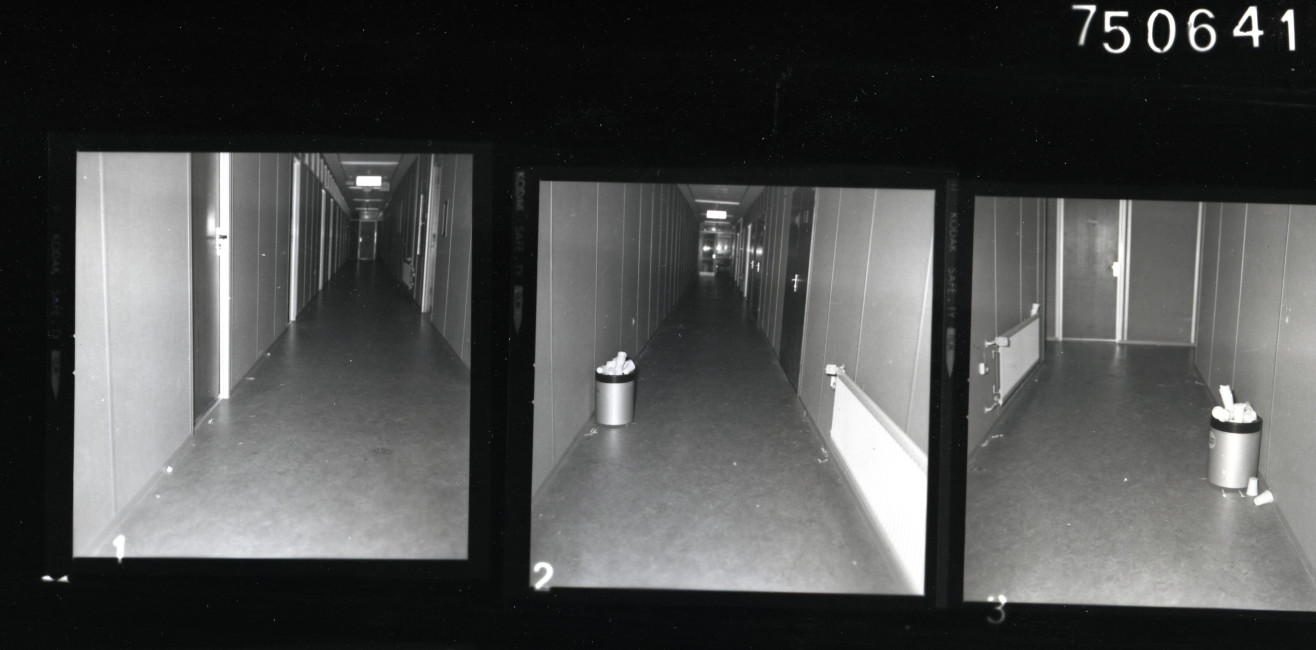How can we reconstruct history without material? Our June Object of the Month on the ESRO-1B satellite (at the bottom of our homepage) touched on the issue of gaps in our archival holdings. Since this has becoming a recurring theme as we go about our research for this website, we have decided explore it in more detail and reflect on how to respond to the challenge of missing material.
Where (or what) are the gaps?
With the launch of this website in January, we are now publishing regular content on famous European faces and projects in space, starting with a particular focus on the first years of European cooperation, leading up to the creation of ESA in 1975. During the process of research we have regularly encountered instances where we just don’t have any relevant material in the Archives. Here are some examples:
- Pierre Auger and Edoardo Amaldi – it’s very ironic that we have such a small material legacy on the founding fathers of Europe in space. We talk about Auger and Amaldi’s collaboration from 1959 in the very first entry in our Space Timeline, but when we came to select an accompanying image, we realised that the only photo we have of them together was taken in CERN.
- We hold no material related to the Serenata per un Satellite composed by Bruno Maderno to commemorate the launch of ESRO’s TD-1 satellite in 1969.
- There is a disparity of the picture collections of the European Centre for Space Records for ESA's predecessor organisations - ELDO and ESRO. Most of the holdings result from the work of the ESRO photographers (read more about them here) and we unfortunately have very few images from ELDO.
- We also have many pictures in the collections with incomplete, or non-existent descriptions. The contact sheet above, for example, had the mysterious title of ‘missing’ and no description.
- The research for the section on space personalities in our Space Glossary is often constrained by the scant biographical details that we can find in the Archives.
Of course, the next question is how these gaps come about. One element could just be the distance in time – put simply, the further back you go, the less information you are likely to hold, particularly for the years before formal European space organisations were created (ESRO and ELDO came into being in 1964). Another is about the nature of the material – we often seem to lack personalised material over official documents (with, for example, fewer anecdotes or hand-written notes, than typed memos or technical reports). And we also have very little of what might at the time have been considered ‘peripheral’ information, but which now adds an extra dimension or value to an object or story, such as the example above of Maderna’s piece of music for ESRO-1B.
How to research a topic with scarce archival material?
What this means is that we then heavily rely on internet research! But that throws up its own set of problems – how we be sure that the information is correct or that we can trust its sources? Our approach to date has generally been to cross check information using multiple sources as much as possible, and to cite sources wherever they are named, so that readers can also double check for themselves. It’s also worth keeping in mind that memories and recollections can be personal and subjective - in one instance, we came across two different sets of published memoirs that described the same event in different ways. In this case, we opted to quote the primary source, recounting an event in which they participated, rather than relying on a secondary source passing on a reported account from someone who took part.
Community at the heart of inclusive archives
For institutional archives to be truly representative, they need to both recount the experiences of everyone in the organisation and ideally tell all the stories within it too. Encouraging community buy-in may be one way of addressing these gaps and of ensuring that we act as an inclusive guardian and conserver of our collective memory. We always welcome donations of material from anyone in the wider space community.
